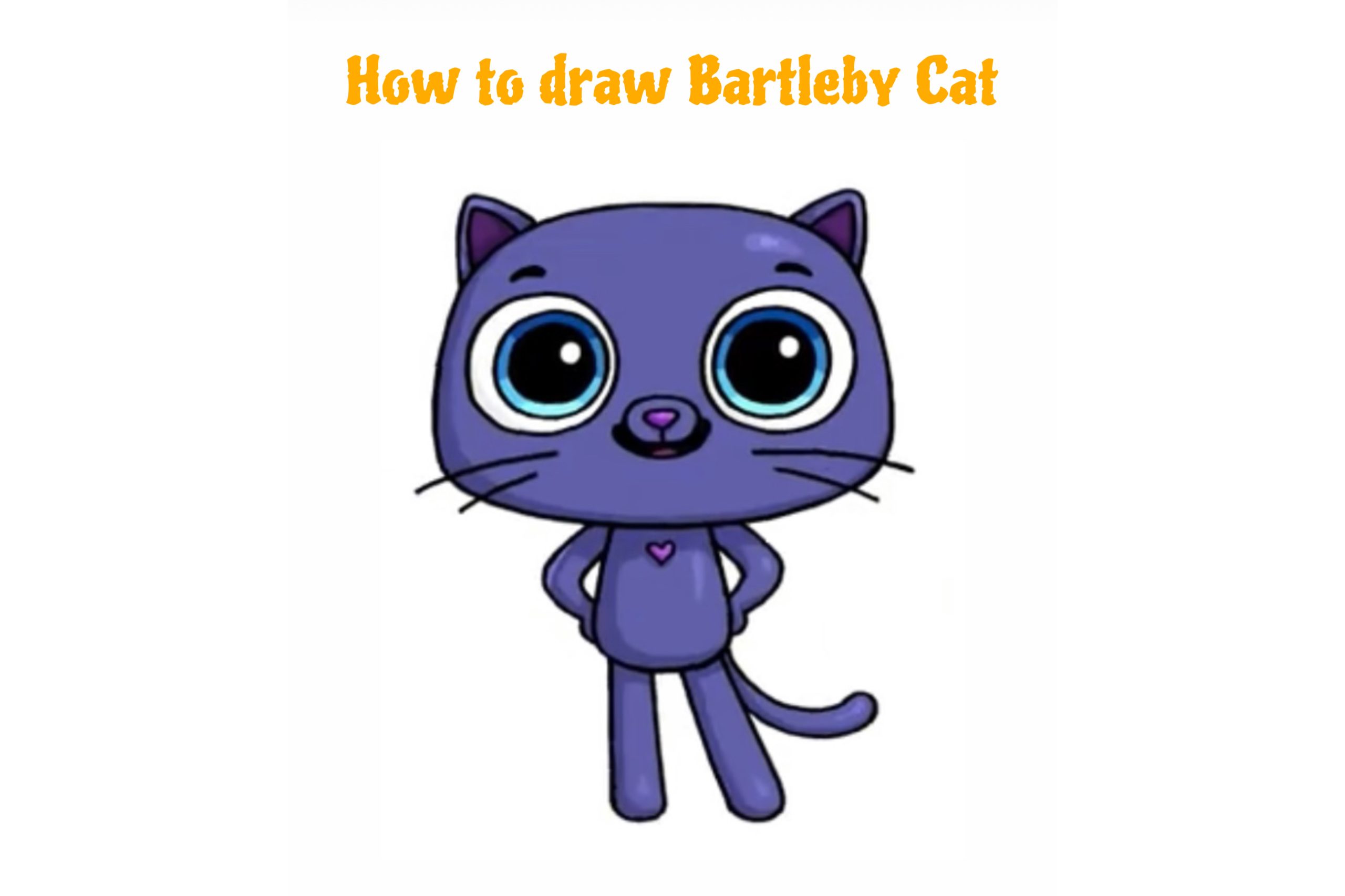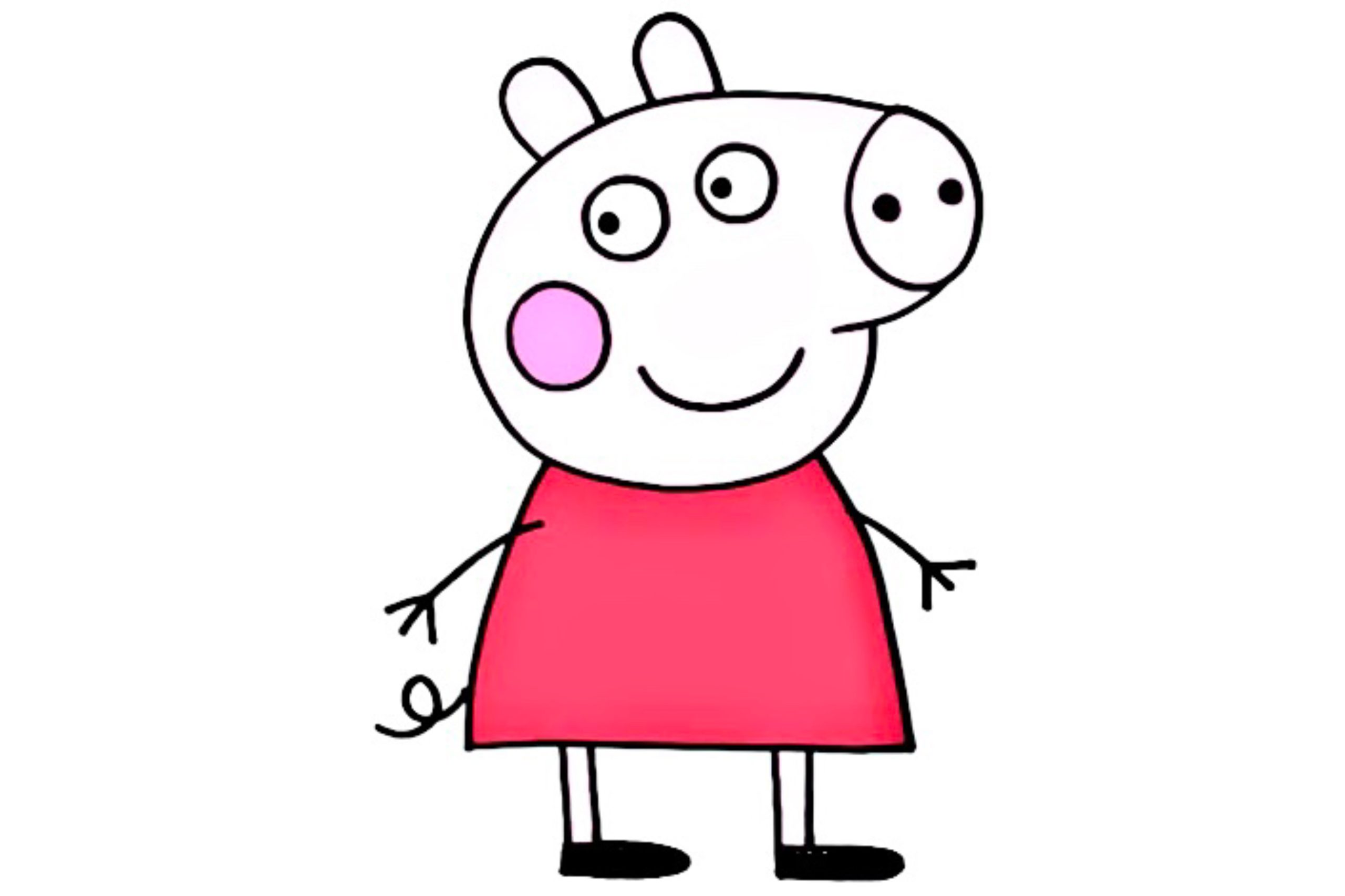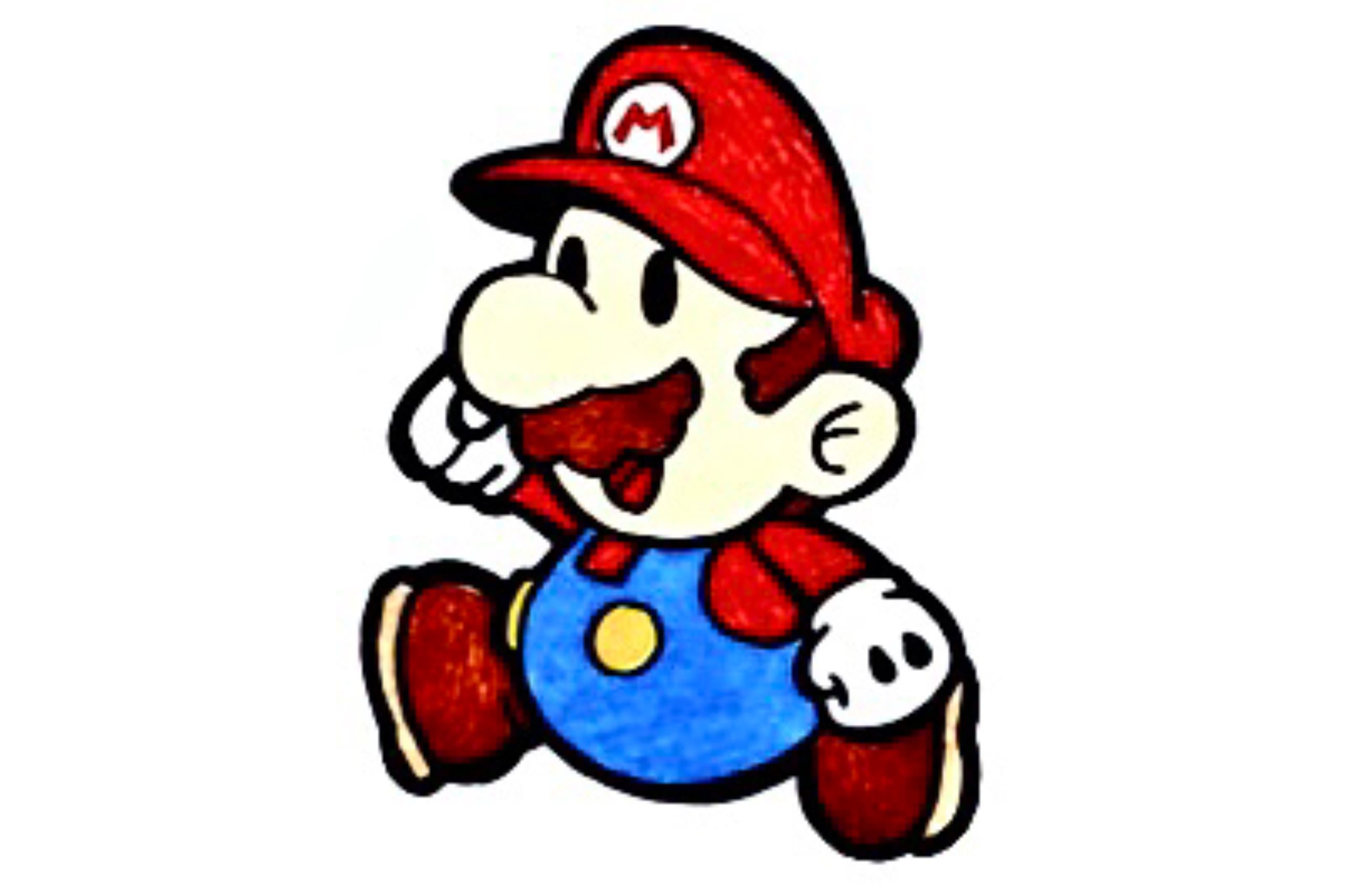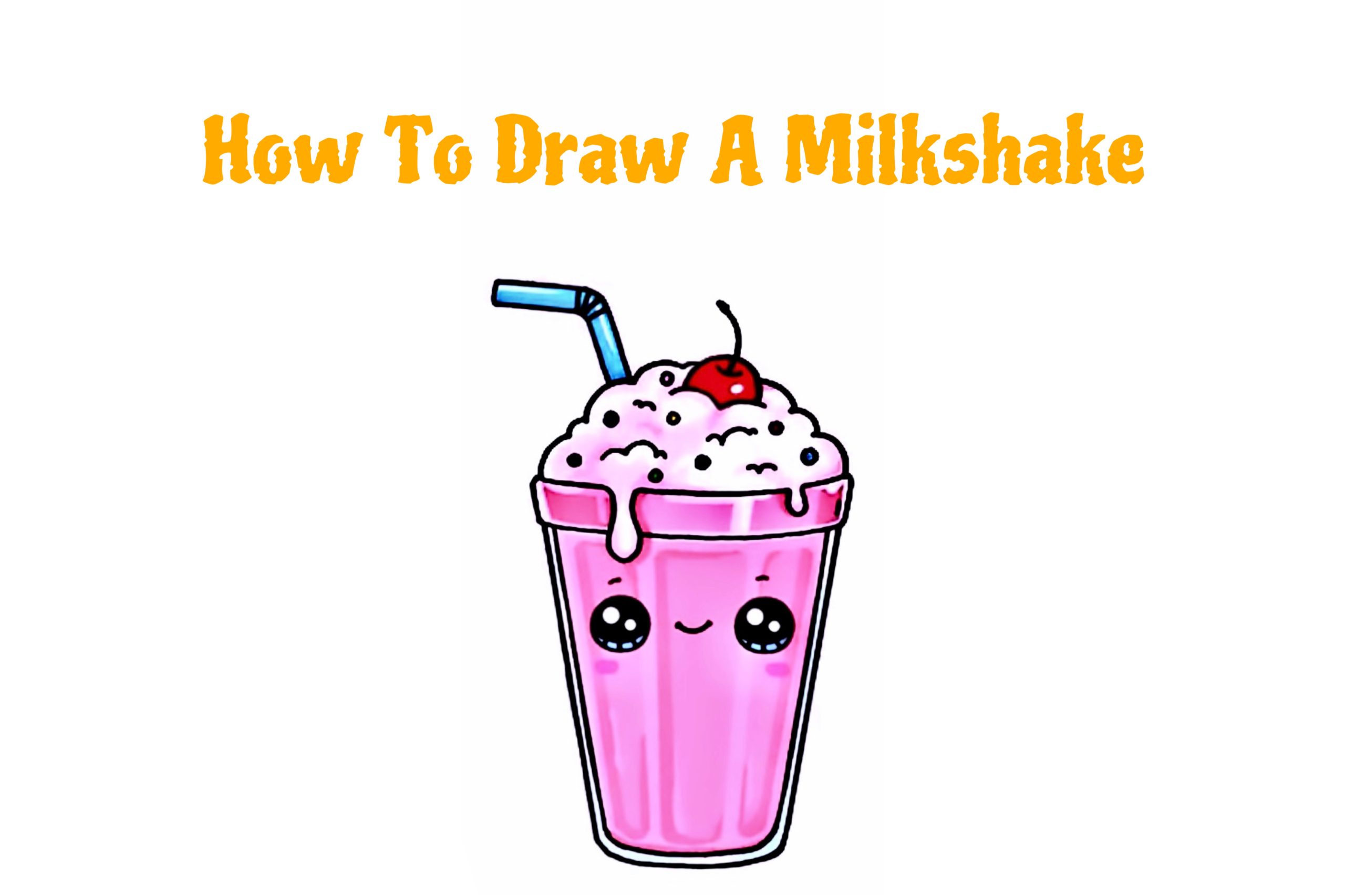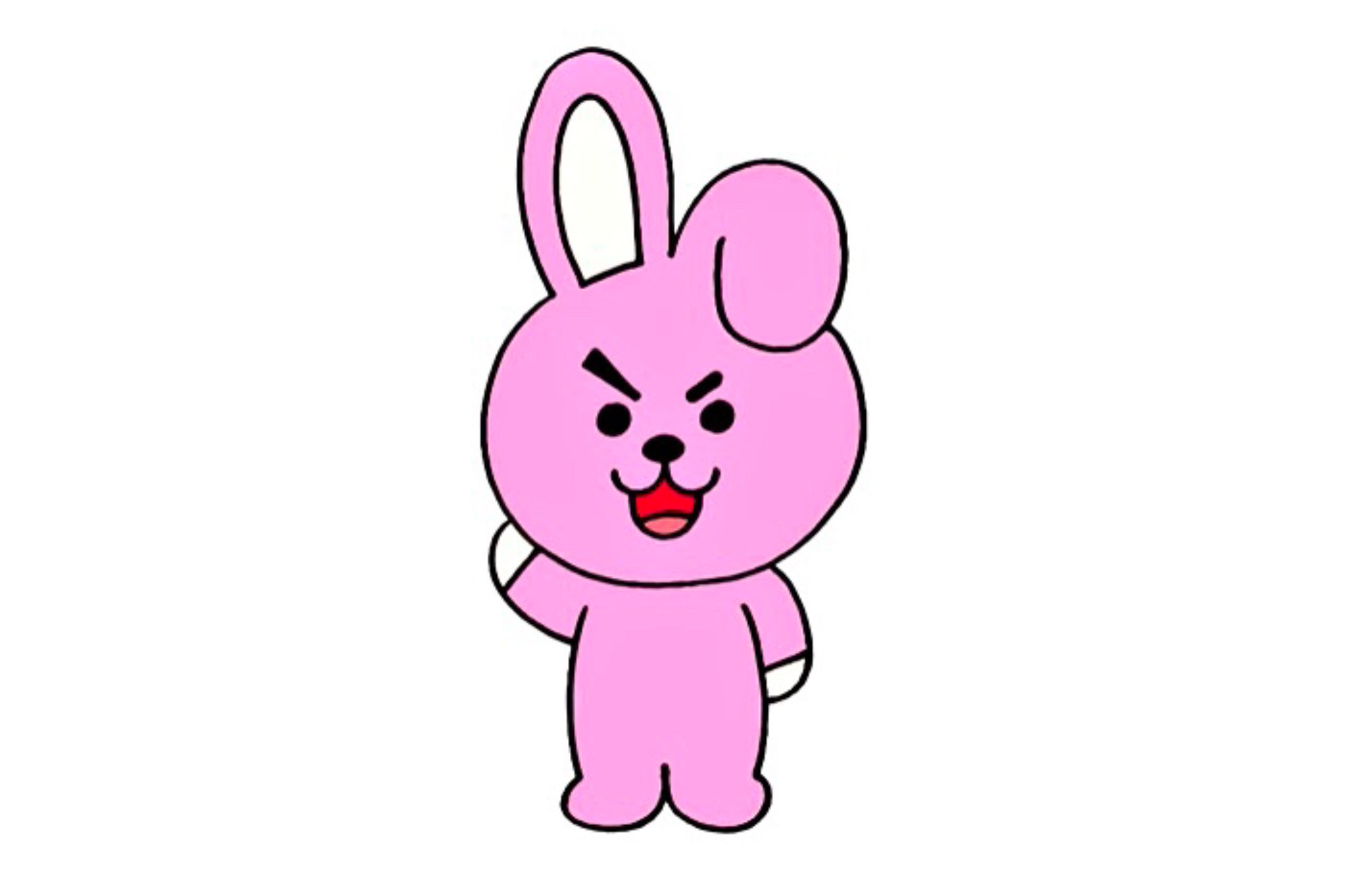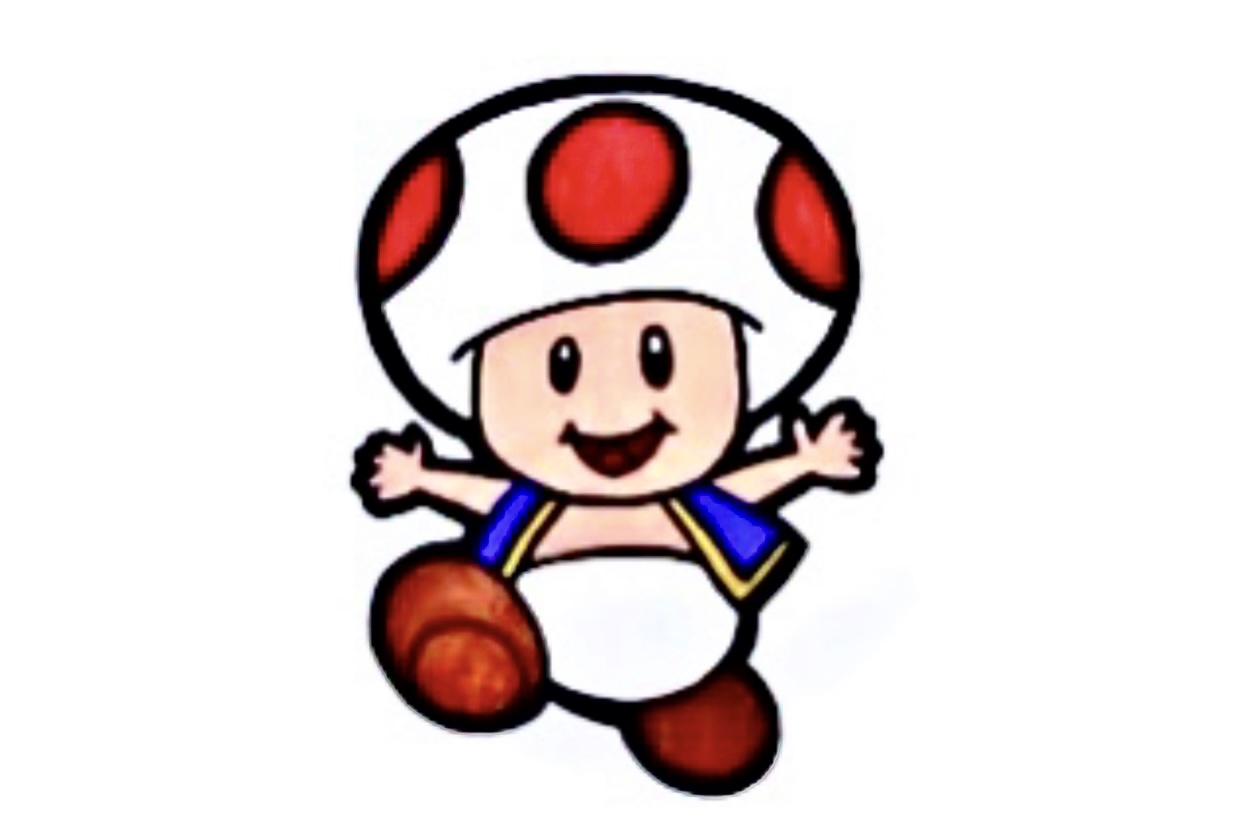Coloring Techniques
Blending Techniques: The Secret To Harmony In Art
Blending techniques are essential in the arts, from painting and sculpture to music. It plays a significant part in harmonizing the elements within the work. Additionally, it is one of the simplest and most fundamental art forms that allows artists to transition smoothly between different colors and tones to create harmony in their works.
So, what is the blending technique? Why is it important to artists? Let’s with Jorz.art find out!
I. What is the Blending Technique?
1. Definition of the Blending Technique
The blending technique combines, assembles, and processes different elements and materials (colors, sounds, fragrances…) to create a blend and harmony.
In painting and sculpture, the blending technique refers to mixing two or more colors, shades or patterns A whole new pattern or color symphony is a sketch or painting with particular hues that give it some value. This may entail using a brush, charcoal pencil, finger or special blending tools.
Audio blending in music means recording, editing, and combining sound clips, instruments, and vocals into a reasonable musical entity.
In summary, the blending technique is a tool that helps artists harmonize different elements, creating unity and smooth harmony in the work.

2. Benefits of the Blending Technique in Art
The blending technique offers numerous benefits to artists, such as:
- Creating Highlights – Blending elements to create highlights, attracts the attention of the viewer/listener.
- Creating Harmony – Harmoniously combining colors and sounds to avoid contradictions and incompatibilities.
- Enhancing Expressiveness – Increasing the intensity of emotions that the work conveys.
- Creating a Unique Style – Through the blending technique, artists can create their own easily recognizable style.
The importance of the blending technique lies in its ability to create harmony in an artwork. By blending different colors and patterns, the artist can create subtle and smooth transitions while enhancing depth and visual effects for the work.
II. Blending Techniques in Drawing
Blending colors is vital in painting portraits, landscapes, and other themes requiring high color tones and accuracy. Artists can use brushes of different hardness and thicknesses to suit each blending requirement.
In addition, the blending technique can also be used to create special effects, such as shadows, volumes, and abstract patterns. To better understand how to use the blending technique in drawing, we will detail the types of brushes and tools used to perform this process.
1. Pencil blending technique
Using pencils to blend makes a drawing look more unified. Often, artists blend it with pencils to create gray whites in their paintings. Some popular pencil blending methods include:
- Hand Blending: Use fingers to blend different hardness pencils.
- Using Sandpaper: Draw on sandpaper to blend colors naturally.
- Using Support Tools: Brushes, toothpicks, sandpaper, etc., to blend colors.

Pencil Blending Technique
2. Blending techniques for oil pastels
Oil pastels are one of the favored tools in painting. With their smooth texture and high durability, oil pastels are the perfect choice for using blending techniques. With oil pastels, artists often apply some basic blending methods to create different effects, thereby creating harmony and depth for the work:
- Direct blending on the palette: Use a pastel knife or brush to cut and mix colors together right on the palette.
Combining color on fabric: Paint/apply thin layers of color on the painting to create a blending effect.
- Adding diluent: Use turpentine/shampoo… to dilute and create color intensity.
These methods allow the creation of countless new colors and diverse shades from an available pastel set.

Blending Techniques for Oil Pastels
III. Blending Techniques in Painting
1. Blending techniques acrylic painting
The blending technique in acrylic painting is similar to that used oil pastels. However, due to the quick-drying nature of acrylic colors, the painter must pay attention to the time and speed of blending to avoid drying the color too quickly.
The painter can use specialized blending tools or brushes of suitable hardness and thickness to create harmony in acrylic painting. In addition, choosing appropriate colors and tones is also very important to create balance and harmony in work.
Some basic acrylic blending techniques include:
- Wet on wet – The technique of painting a wet color layer on a wet-painted background. Allows colors to blend naturally.
- Layering – Technique of painting/applying multiple layers of acrylic color on top of each other to create a new color.
- Creating gradient – Technique of gradually transitioning from the background color to the color to be made (for example: blue -> red) by slowly adding color.
- Adding gel/medium – Mix additional buffers such as gel or medium into acrylics to adjust the viscosity and create effects.
These techniques help artists create impressive masterpieces with vibrant colors and rich expressiveness.
 Blending techniques acrylic painting
Blending techniques acrylic painting
2. Blending Techniques In Oil Painting
As one of the traditional materials favored, oil painting also requires artists to master color mixing techniques. Oil painting is one of the paintings painted with oil colors, which have the characteristics of color durability and high gloss. The blending technique in oil painting is similar to that used when using oil pastels. However, due to the color durability of oil paints, the painter can create more memorable and subtle effects. Some popular techniques include:
- Thin layer – Technique of painting multiple thin layers of color on canvas to blend colors.
- Surface treatment – Create texture and 3D effects by treating the top layer of paint with a cutting knife or brush.
- Scumbling – Mixing oil paint with water, diluting oil to create a blurry, faded effect.
- Adding moulding – Add other accessories such as nails, sand, and cotton fibres… to enhance the highlight of the painting.
Thanks to the diversity of blending techniques, oil paintings can draw many exciting effects, making a strong impression on viewers.

Blending Techniques in Oil Painting
Related topic: Adding Dimension And Depth To Artwork With Shading Techniques
IV. Blending Techniques In Others Fields
In addition to painting, blending techniques are applied in various other artistic fields, such as makeup, fine arts, and music.
1. Sound blending technique
Sound blending (audio mixing) is also critical in creating special effects in songs in music and radio program production. Composers can create diverse and creative music pieces by combining different melodies and rhythms. This is the process of connecting and adjusting the volume and effects for audio channels such as:
- Instrument orchestration
- Microphone mixing for vocals
- Adding effects, background music
- Adjusting surround sound, equalizer
- General mastering
The entire process requires sound engineers to have the skill to select and combine sounds to achieve the highest efficiency.

Sound Blending Technique
2. Blending techniques in makeup
In makeup, blending techniques create different colors and effects on the face. By combining different types of color powders and lipsticks, makeup artists can create diverse makeup styles suitable for each style. In makeup and cosmetics, blending skills and color selection are fundamental in determining the aesthetic effectiveness and harmony of the entire face.
Makeup experts often apply some basic principles such as:
- Mix powder colors suitable for the client’s skin tone.
- Combining lipstick color and blush reasonably to enhance naturalness.
- Using highlight/contour to create highlights for the face.
- Adjusting color and intensity for eyes and lips to achieve high aesthetics.
V. Summary
1. Conclusion
And with those, we can draw the following conclusions:
The blending technique is the skill of combining different elements to achieve the highest aesthetic purpose.
This technique plays a vital role in many fields of art, such as painting, sculpture, music, and makeup…
Mastering and effectively applying blending techniques will help artists and experts express their talents and create excellent products.
Color blending must follow certain principles and rules to ensure the desired result.

2. Advice
To master blending techniques, artists should:
Regularly research color matching, pay attention to the harmonious combination of basic color gamuts.
Learn about blending support tools such as color palettes, brushes, and cutting knives… get familiar with and use them proficiently.
Practice a lot to gain experience combining different elements for the best effect.
Participate in workshops and in-depth courses to grasp new skills.
Hopefully, the article has helped everyone understand more about the meaning and practical application of blending techniques in art. Always promote your talent and creativity!
Related topic: Watercolor Techniques To Create Masterpieces
VI. FAQ
Is the blending technique complex?
The blending technique is complicated and requires learners to have a specific knowledge base. However, mastering it will not be tricky with perseverance and continuous practice.
Is the blending technique necessary?
The blending technique is essential for many fields of art. Mastering the method will enhance creative skills and create unique, high-quality products.
Where can I learn the blending technique?
You can learn the blending technique through offline or online courses. You can search for reputable art training centers and academies to study at. Some other platforms also provide courses on painting, music, or makeup with detailed instructions on blending techniques.
Blending techniques are essential in the arts, from painting and sculpture to music. It plays a significant part in harmonizing… View More


